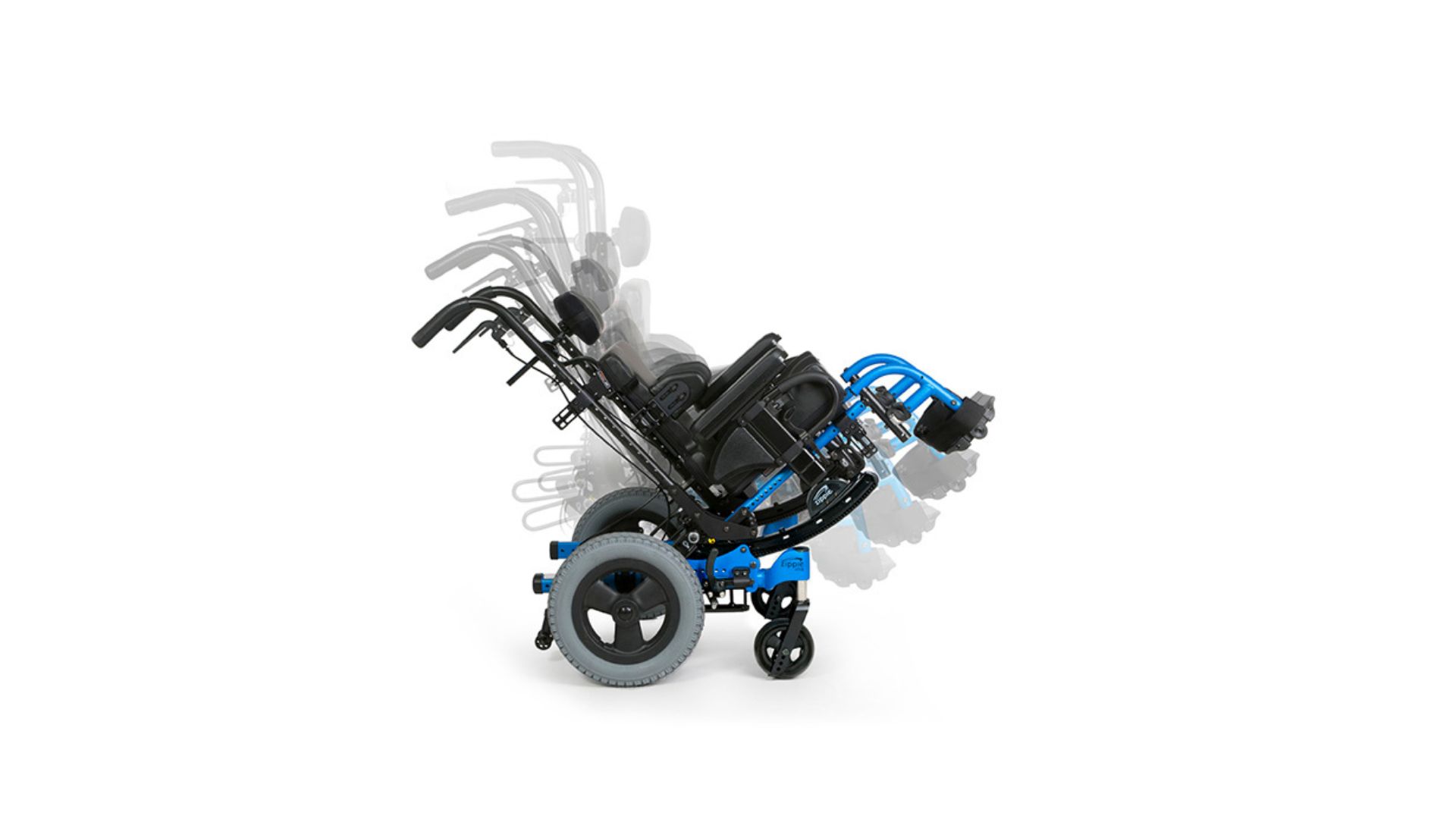Custom-molded seating in different iterations has been around since the mid to late 1970’s when several therapists and technicians at developmental centers around the country began experimenting with weather balloons filled with small beads and glue to make shapes around very asymmetric patients who had no good way to get out of bed because they could not sit. Orthotists, whose skills lie in shaping around bodies, began mounting these early edition molds into wheelchairs to allow those who had not been able to sit, to stay upright longer.
A father and son orthotist team, Oscar and Michael Silverman, created Pin Dot Products (now part of Invacare), using direct molding bags, mounted in a simulator frame, and shaped directly around the client by the supplier and therapist. Once this was done, the suppliers and therapists could apply layers of plaster and then send the whole mold into a central fabrication facility to create a custom mold.
Fast forward to today, and we still engage in a lot of direct molding, but instead of plaster, the shape is digitized and sent in via email. It is amazing how far the process has progressed.
At the heart of molding, still lies the fact that there must be a plan. Otherwise, we can easily end up making shapes that in no way match the client’s shape or function. The mat assessment is where we find the positions of relaxation, comfort and function for our clients. We imitate the positions that we find when we mold. The same hands that performed the evaluation, are the hands that should be molding.
How do we know if custom molding will work for our client?
Typically we consider molding for:
• Clients who have multiple, severe asymmetries, for whom a body jacket will not be appropriate.
• Clients with movement disorders who require aggressive control.
• Clients, especially children, who are exhibiting strong asymmetric tendencies. These tiny bodies may need more aggressive support as they grow and function to avoid or decrease compensatory postures.
Creating realistic expectations of the outcomes of molding is essential. Some of this begins with the
mat evaluation to set realistic postural goals. Custom molded seating is not expected to “lift” or provide a
high degree of correction. That would be a goal for an orthotist making an orthosis. We must also realize that “micro-movements” will be reduced or eliminated. There are many of our clients, such as those with SCI or MD who rely upon these micro-movements for comfort and function. These often involve moving
the head/shoulders to effect small changes in trunk posture or upper extremity function.
Ultimately, the only way to know if molding will be tolerated by the client when there is any question is by
trialing a molding. Some methods are done in a molding frame, and some can be done directly in the client’s wheelchair, which allows the clinical team to see if the client can still function. An example of this would be a client still being able to access and use the joystick.
Molding is a very powerful tool in the seating technology arsenal, and when used correctly, it can
facilitate function and comfort for our clients.

author
Susan Johnson Taylor
OTR/L
Susan Johnson Taylor is an occupational therapist who has been practicing in the field of seating and wheeled mobility for 40 years primarily in the Chicago area at the Rehabilitation Institute of Chicago Wheelchair and Seating Center (now the Shirley Ryan Ability Lab). Susan has published and presented nationally and internationally and has consulted on product development for a variety of manufacturers. Susan is both a member and fellow with RESNA. She is currently a member of the Resna/ANSI Wheelchair Standards Committee and the Clinician’s Task Force. She is a Certified member of the International Society of Wheelchair Professionals.
References:
Lange, M and Minkel J (eds) Seating and Wheeled Mobility: A Clinical Resource Guide. Slack: 11/17.



